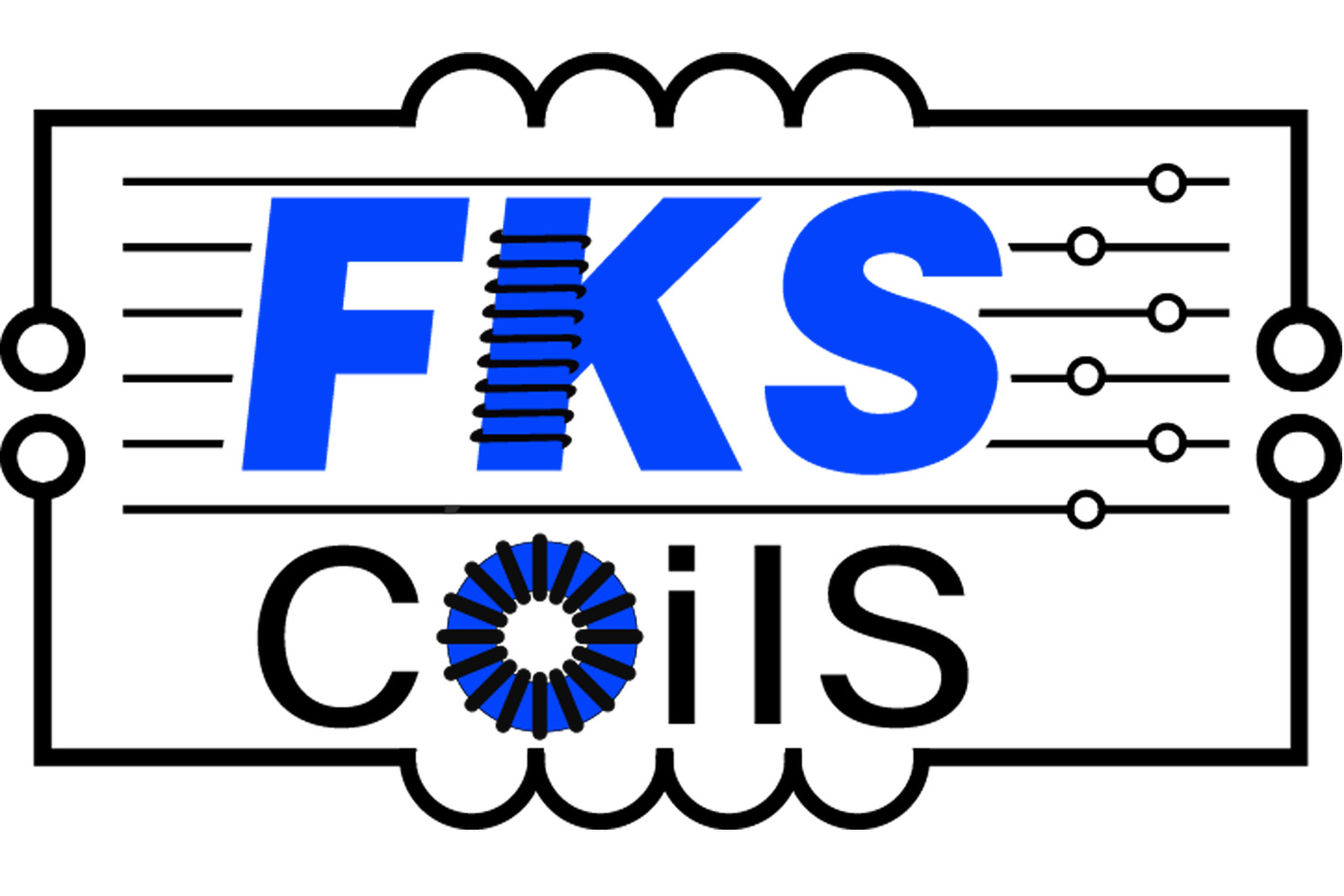What is an Inductor ?
Inductors, Coils and Chokes
An inductor is a passive electrical component that opposes sudden changes in current. Inductors are also known as coils or chokes. The electrical symbol for an inductor is L.
What is an inductor used for?
Inductors slow down current surges or spikes by temporarily storing energy in an electro-magnetic field and then releasing it back into the circuit.


How are inductors attached to circuit boards?
Surface mount (SM) inductors are placed on the top of a printed circuit board (PCB) on pads with solder paste, and then reflow soldered. Through-hole (TH) inductors are mounted to the top of a PCB with the leads fed through via holes in the board, and then wave soldered on the backside.
In what applications are inductors used?
Inductors are primarily used in electrical power and electronic devices for these major purposes:
Choking, blocking, attenuating, or filtering/smoothing high frequency noise in electrical circuits
Storing and transferring energy in power converters (dc-dc or ac-dc)
Creating tuned oscillators or LC (inductor / capacitor) "tank" circuits
Impedance matching
What is a choke?
An inductor placed in series (in line) with a conductor, such as a wire or circuit board trace, blocks or impedes changes in current and functions as a low pass filter. Because inductors restrict or choke changes in current, they are also called "chokes". For example, a broadband (wideband) bias choke in line with the DC bias of an amplifier blocks a wide range of high frequencies while allowing pass-through of the dc current. In this way, a bias choke isolates the DC bias from the RF signal to the amplifier.
The Federal Communications Commission (FCC) has created standards and certifies electronic devices sold or manufactured in the United States for meeting electromagnetic interference (EMI) requirements. Worldwide electromagnetic compatibility (EMC) standards organizations include CISPR, IEC, ISO, and EN. FCC regulations are mandatory and apply to devices such as computer, switched-mode power supplies, television receivers, transmitters, and industrial, scientific, and medical (ISM) devices that emit RF radiation. Inductors are employed in electrical circuits to reduce EMI by attenuating high-frequency noise in order to meet EMC emission and immunity requirements.

and 10 ohm Load is less than 10 us

and 10 ohm Load is greater than 40 us
How can I improve the filtering performance in a circuit?
Generally, high inductance values are needed to filter out low frequency noise, and vice versa: lower inductance values are used to filter out higher frequency noise. High inductance values effectively slow down the current rise time of transient events, such as closing a switch. The graphs in Figure 1 demonstrate how a 10 µH inductor "smooths" the rise time more than a 1 µH inductor.
Inductors can also be combined with capacitors to create even more effective LC filters. Several possible LC filter alignments exist, each involving trade-offs in flatness of the attenuation vs frequency behavior and the sharpness of the filter roll-off.
This FKS reference design document provides 3rd order Butterworth and 7th order Elliptic LC filter reference designs that use off-the-shelf inductors to achieve cutoff frequencies in the 0.3 MHz to 3000 MHz range.
Although using high inductance values or creating LC filters improves filtering, doing so requires more board space. Because lower inductance values can be used for filtering higher frequencies, switching to operation at a higher frequency may allow the use of smaller inductors.
How are inductors used in power converters?
In switched mode power supplies, inductors are used to store energy and transfer the energy to an ouput load or capacitor. Inductors in power converters serve to filter the "ripple" current at the output. High inductance values result in lower ripple current, which improves efficiency and reduces EMI. See Figure 2.
How are inductors used in tuned circuits?
Tuned circuits are used for transmitting or receiving radio or microwave frequency signals. Inductors can be combined with capacitors to create tuned LC circuits such as oscillators.


How does Q factor affect the bandwidth of LC circuits?
Q factor (Q) is a measure of the dissipative characteristic of an inductor. High Q inductors have low dissipation and are used to make finely-tuned, narrow-band circuits. Low Q inductors have higher dissipation that results in wideband performance.
What is the Self Resonant Frequency of an inductor?
Real inductors have turn-to-turn winding capacitance that acts as if it were a parallel circuit element. The self-resonant frequency (SRF) of an inductor is the frequency at which the inductive reactance is equal in magnitude to the capacitive reactance of the windings. At the SRF, the inductive and capacitive phase angles cancel and the impedance is effectively purely resistive. Impedance magnitude increases with frequency up to the self-resonant frequency (SRF), where the impedance of an inductor is at its maximum value. At frequencies above the SRF, impedance decreases with increasing frequency.
Impedance (Z) is a characteristic of electrical components that involves a vector combination of resistance and phase. Resistance has a dissipative quality: energy is used and not recovered. Phase is the delay between an applied voltage across a component and the current flowing through it, most often expressed as an angle in degrees (°) or radians. Both the AC resistance and phase of inductors vary with frequency.
How are inductors used for impedance matching?
Impedance matching typically involves matching the impedance of a power source to the impedance of an electrical load. Maximum power is transferred from the source to the load when the impedance of the load is matched to the impedance of the source, improving the efficiency of the circuit. If the load is capacitive compared to the source, inductors can be used to counter the capacitance of the load and thus match the impedance.
What types of inductors does FKS manufacture?
FKS designs and manufactures off-the-shelf inductors in multiple sizes and constructions to meet a variety of filtering, tuning, and impedance matching requirements.
【 Go Back 】 | 【 Close this window 】





